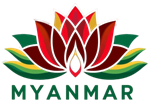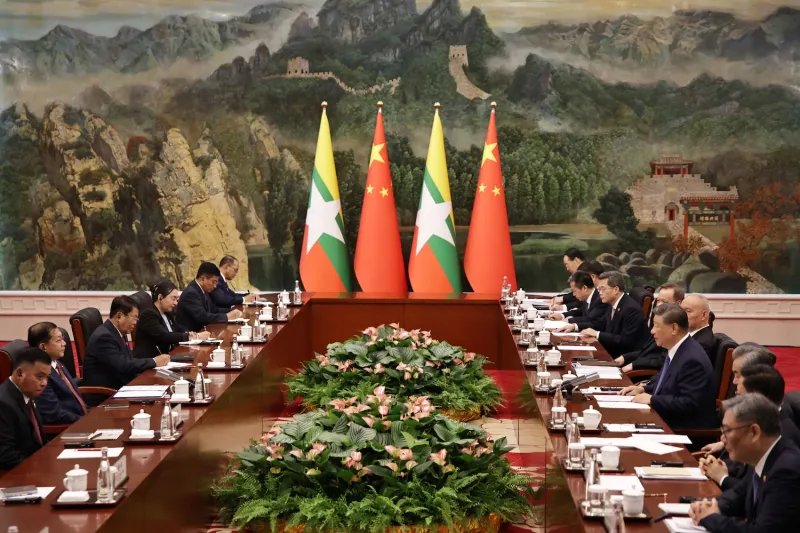
Myanmar Army Regains Ground with China’s Backing
After years of staggering battlefield losses, Myanmar’s military junta appears to be staging a slow, determined comeback. In October 2025, after more than a month of fierce clashes, the army recaptured Kyaukme, a key town in northern Shan State, from the Ta’ang National Liberation Army (TNLA). The victory marks a turning point for the generals who had spent much of 2023 and 2024 on the defensive.
A Strategic Town Reclaimed
Kyaukme’s location gives it enormous strategic weight. Nestled along a major highway just hours from Mandalay, it connects central Myanmar with the rugged hills of Shan State and the border with China. For the junta, regaining control of this route means re-opening supply lines and asserting presence in a region once dominated by ethnic forces.
The TNLA, part of the Three Brotherhood Alliance, had captured Kyaukme in mid-2024 during a wave of offensives that humiliated the military. Its loss exposed how fragile the junta had become. But 2025 tells a different story — one shaped increasingly by foreign friendships.
How China Changed the War
Myanmar’s relationship with China has been decisive.
During 2023 and 2024, the Three Brotherhood Alliance — including the Myanmar National Democratic Alliance Army (MNDAA), the Arakan Army (AA), and the TNLA — launched coordinated attacks that overwhelmed government outposts across the north. At first, Beijing tolerated or even quietly backed these forces to protect its border trade and investments.
Yet by early 2024, China had shifted course. It brokered a cease-fire in January, pressed the rebels to pause their offensive, and began rebuilding direct ties with the junta. Chinese officials, wary of a total collapse of the Myanmar state, moved to stabilize their neighbor.
Billions in Aid and Drones from China
In late 2024, Myanmar’s state media announced a $3 billion Chinese aid package, framed as “economic support and reconstruction assistance.” Analysts believe much of this aid strengthens the junta’s military logistics. Chinese-made drones and surveillance systems have appeared on the front lines, improving the army’s targeting capacity.
In April 2025, Beijing also pressured the MNDAA to return Lashio — one of northern Shan State’s most important cities — to the army’s control. This restored a major transportation hub that links the Chinese border city of Ruili to central Myanmar.
Through this growing partnership, China has re-emerged as the junta’s lifeline: financing, arming, and diplomatically shielding it from isolation.
A Return to the Global Stage
China’s support paved the way for a broader diplomatic revival.
Junta leader Senior General Min Aung Hlaing recently appeared in Tianjin, China, for the Shanghai Cooperation Organisation (SCO) summit — his most high-profile foreign trip since the 2021 coup. There he met Chinese President Xi Jinping, North Korean leader Kim Jong Un, and Indian Prime Minister Narendra Modi — a lineup that underscored how the junta is being reintegrated into parts of Asia’s power architecture.
Visits to Russia, Belarus, and Kazakhstan
Russia remains the junta’s most steadfast partner. Moscow recognized the military government shortly after the coup and has continued to supply fighter jets, helicopters, and munitions. The partnership has deepened through visits to Belarus and Kazakhstan, signaling Myanmar’s growing involvement in the Eurasian security bloc led by Russia and China.
India: From Silence to Strategic Partner
Perhaps the most surprising new relationship is with India.
Long known for its cautious, pragmatic stance, New Delhi has historically balanced relations between Myanmar’s military and its many ethnic armies to keep order along the two countries’ shared 1,600-kilometer border.
But during the 2025 summit, Prime Minister Modi went further, calling Myanmar a “vital pillar” of India’s regional vision. He pledged cooperation on energy, security, and rare earth minerals — sectors that tie directly to India’s economic and defense priorities.
Myanmar state outlets even claimed that India would send election observers for the junta’s December 2025 polls, despite widespread international criticism labeling the vote a sham. Whether or not that occurs, the statement illustrates India’s willingness to re-engage with Naypyidaw.
ASEAN’s Divide Deepens
The Association of Southeast Asian Nations (ASEAN), which has tried to isolate Myanmar’s junta diplomatically since 2021, now faces internal divisions. Its “Five-Point Consensus” for peace is effectively paralyzed.
Thailand, sharing a long porous border with Myanmar, has quietly adopted a dual-track policy — hosting refugees and opposition activists while simultaneously maintaining business and energy ties with the junta. Thai state-owned companies continue to pay the junta for gas extracted from Myanmar’s offshore fields, providing one of its few reliable sources of hard currency.
For Bangkok, this is not endorsement but self-preservation. Stability along the frontier and continued access to energy supplies outweigh abstract calls for democracy.
The United States Reconsiders
While Washington condemned the 2021 coup, U.S. influence in Myanmar has faded. Now, however, the geopolitical value of Myanmar’s rare earth minerals — essential for electric vehicles and defense technology — is drawing renewed attention.
Reports by Reuters suggest that U.S. Vice President J.D. Vance discussed with advisers the possibility of cooperating with the Kachin Independence Army (KIA) to export rare earths through India. Some within the Trump administration have even floated the idea of mediating between the KIA and the junta — a dramatic shift that could reintroduce the U.S. into Myanmar’s peace calculus.
A Web of Power and Pragmatism
Taken together, these developments mark a profound transformation in Myanmar’s geopolitical fortunes.
China views stability as vital for trade and Belt and Road projects.
Russia sees a loyal arms client and a symbol of resistance to Western sanctions.
India seeks border security and access to critical minerals.
Thailand and other ASEAN neighbors prioritize regional stability over principle.
For the junta, each relationship offers a lifeline — whether through weapons, money, or legitimacy. For the region, it signals that Myanmar’s conflict is no longer just domestic but an evolving arena where great-power interests intersect.
The Road Ahead
Despite these external boosts, Myanmar remains deeply fragmented. Ethnic armed organizations still control vast territories, and the National Unity Government (NUG) continues to wage diplomatic and guerrilla campaigns. Economic collapse, displacement, and sanctions weigh heavily on civilians.
Yet with powerful allies at its side, the junta now has the means — and perhaps the confidence — to hold its ground. What emerges may not be peace or democracy, but a fragile equilibrium sustained by foreign interests.
Related posts:
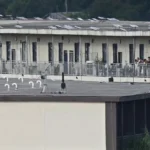 SpaceX Cuts Starlink Access at Myanmar Scam Compounds
SpaceX Cuts Starlink Access at Myanmar Scam Compounds
 UN Special Rapporteur Report on Myanmar Rights
UN Special Rapporteur Report on Myanmar Rights
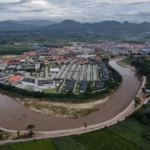 Scam Factories on the Thai–Myanmar Border: How Chinese Mafia Networks Operate
Scam Factories on the Thai–Myanmar Border: How Chinese Mafia Networks Operate
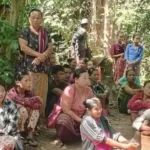 Myanmar Refugees in Thailand Face Uncertain Future as Aid Decreases
Myanmar Refugees in Thailand Face Uncertain Future as Aid Decreases
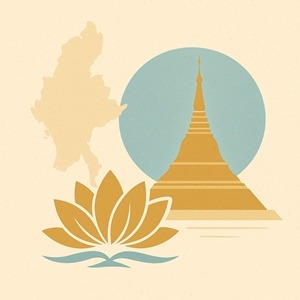 Policy Dilemmas and Stability: Bangladesh’s Approach to the Arakan Army
Policy Dilemmas and Stability: Bangladesh’s Approach to the Arakan Army
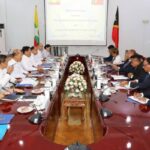 East Timor’s ASEAN Gamble: Mending Ties with Myanmar Junta
East Timor’s ASEAN Gamble: Mending Ties with Myanmar Junta
